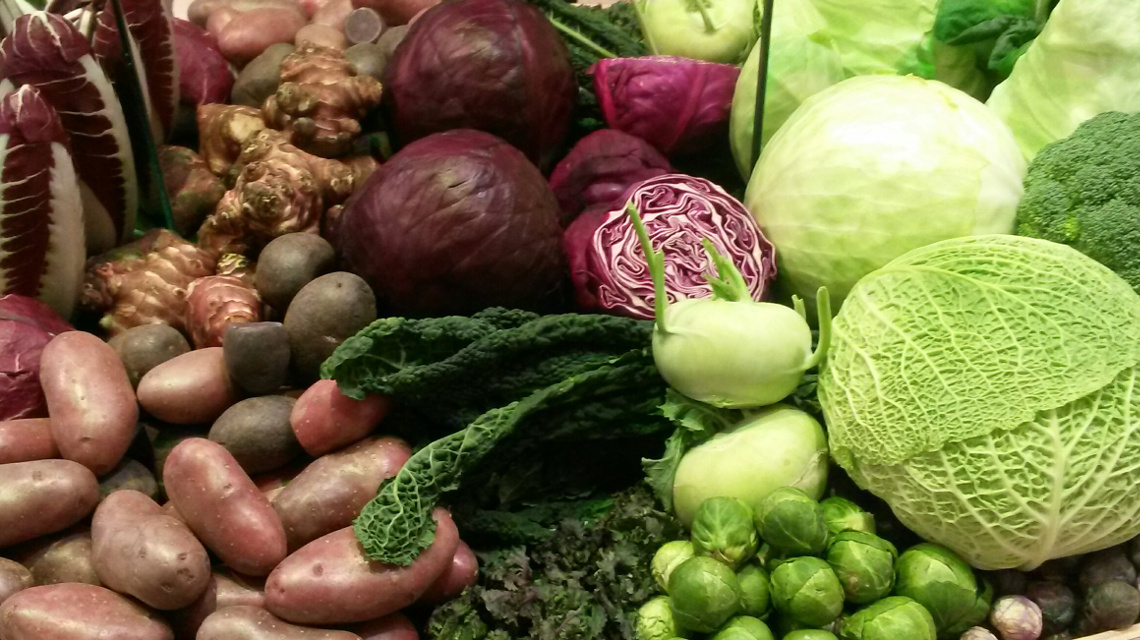Residual biomass as a resource
A new EU project involving researchers from Ruhr University Bochum is focusing on the development of unused biomass resources in Europe.

According to estimates, more than 900 million tons of residual biomass are produced throughout the European Union every year. Only a small proportion of this is recycled and fermented in biogas plants, for example. The majority, around 98%, ends up in, incineration plants or landfill sites. But this is now set to change. The aim of the EU PRIMED project is to develop fair business models in order to tap into the hidden potential of biomass resources.
From biowaste to biobased product
Circular business models
Together, the project partners want to develop circular business models (CBMs). These are intended to integrate primary producers and end consumers into innovative bioeconomy value chains. The project supports the European bioeconomy strategy and aims to contribute to Europe's industrial sustainability, competitiveness and resource independence. In addition to scientific innovations, the focus is therefore also on creating green jobs and strengthening the resilience of the rural economy. The planned upgrading of residual biomass can create up to ten times more jobs than using it solely for energy production.
Five Bioeconomy Living Labs
The circular business models are to be developed and tested in five test laboratories, so-called Bioeconomy Living Labs.
- In Finland, research is being carried out into how by-products from the agricultural and food industry can be used to produce ingredients for innovative food and cosmetic applications.
- In Ireland, research is to be carried out into how by-products from the dairy industry and forestry biomass can be converted into biodegradable plastics and bio-based fertilizers.
- In Italy, by-products from the fishing industry, food waste and agricultural waste are to be converted into bioplastics, biodiesel, fertilizers and high-quality food supplements.
- In Portugal, researchers are developing processes to convert agro-industrial residues into functional silica nanoparticles, polymers and functional coatings.
- In Spain, manure and agricultural waste are to be used to generate compressed natural biogas, irrigation water and electricity.
The aim is to involve all local stakeholders and align the interests of the various players along the value chain. Primary producers and end users are invited to apply to participate in one of ten projects. Selected end users will be given the opportunity to test and validate bio-based products in order to promote cooperation and application in practice.
dpd


